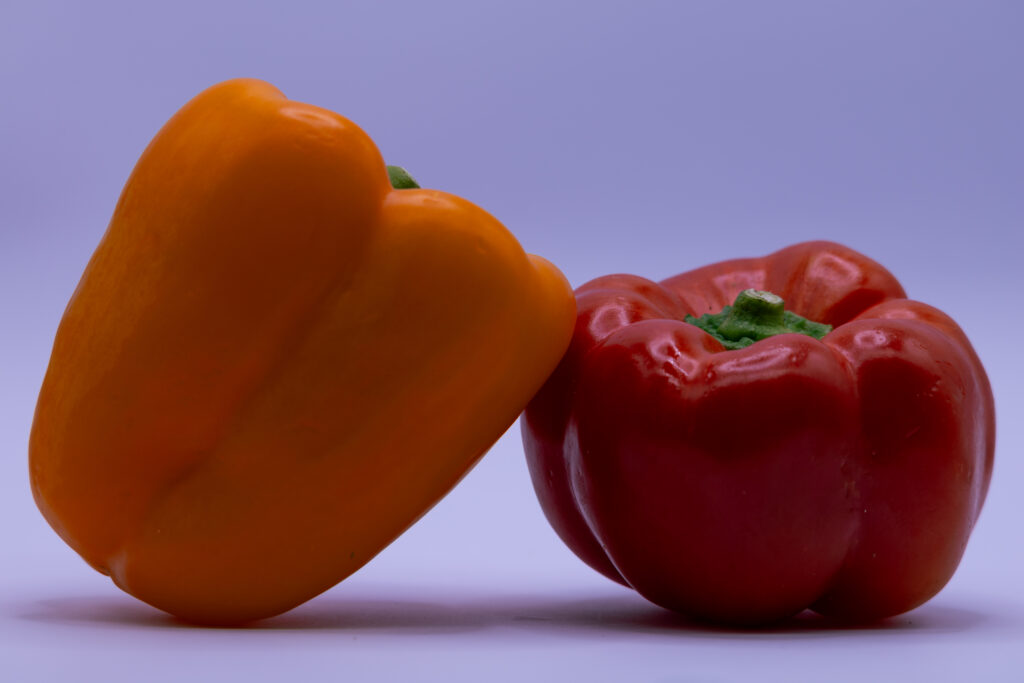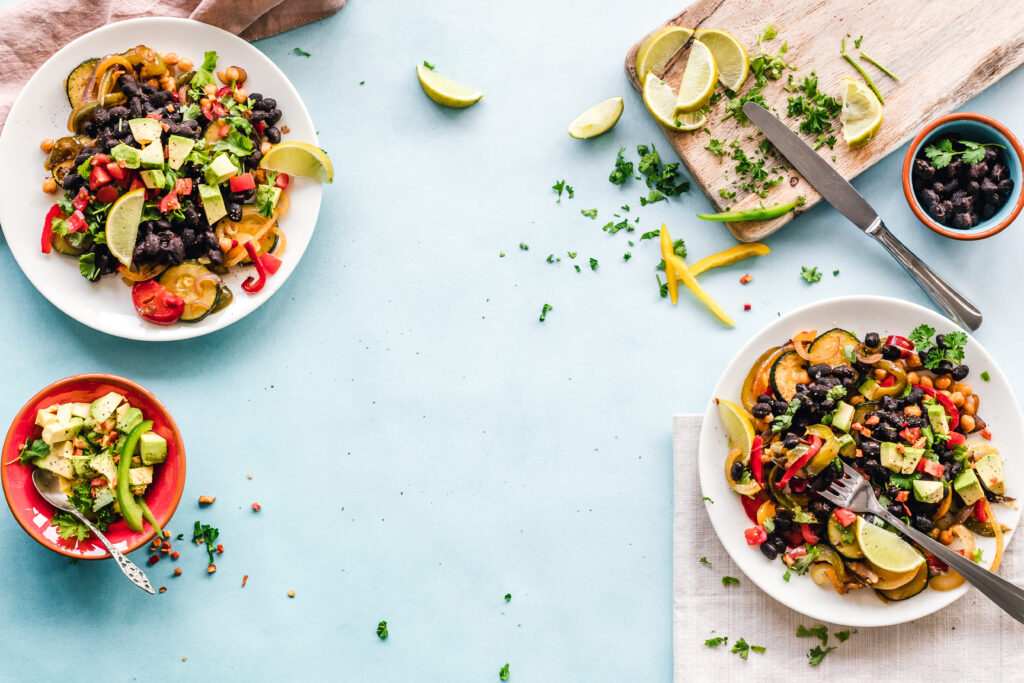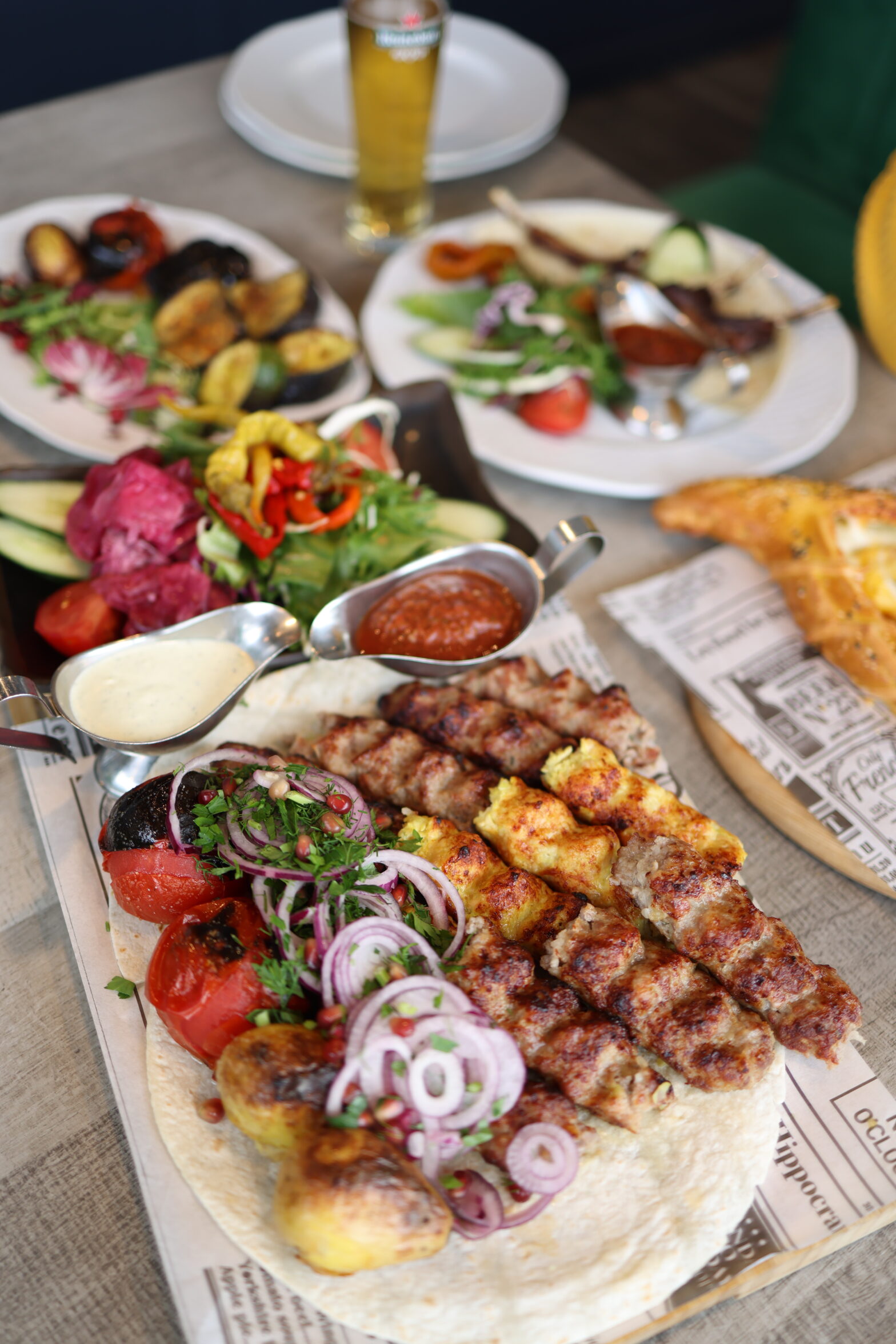“What Is Cooking?” is an article that explores the fundamental concept of cooking and its various aspects. From the basic definition of applying heat to food to the fascinating science behind how heat transforms ingredients, this article takes a comprehensive look at the process of cooking. It delves into the effects of cooking on proteins, fruits, and vegetables, as well as carbohydrates, fats, and fiber. Additionally, the article highlights the importance of cooking for safety reasons, as it helps kill harmful bacteria in raw foods. The aim of this article is to provide readers with a deeper understanding of cooking and its impact on the food we consume.

Proteins
When heat is applied, proteins in food, such as meats, poultry, and eggs, become firmer. This is why an egg turns from liquid to solid when it is cooked. The proteins react to the heat and undergo structural changes that result in a change in texture and firmness. This is also why a well-done steak is tougher than one cooked medium-rare. The proteins in the meat become more rigid and compact as they are heated for a longer period of time.
Another interesting phenomenon is the breakdown of collagens in meats through cooking. Collagens are proteins that make up cartilage and other connective tissues in meats. When meats like oxtails and lamb shanks are cooked slowly using moist heat cooking methods like braising, the collagens break down, resulting in incredibly tender and flavorful meat.
In addition to changing the texture of proteins, cooking also causes proteins to lose moisture. This moisture loss occurs through evaporation in the form of steam. As a result, protein-rich foods, such as burgers, shrink in size when cooked. The loss of moisture can affect the overall juiciness and tenderness of the cooked protein.
Fruits and Vegetables
Cooking food, particularly fruits and vegetables, can have various effects on the nutritional content, flavors, and colors. Nutrients, such as vitamins, can be destroyed or leached out during the cooking process. Boiling vegetables, for example, can cause some nutrients to dissolve into the cooking water or escape into the air as steam. This is why it is often recommended to steam or sauté vegetables to minimize nutrient loss.
However, cooking also has the potential to make certain nutrients more bioavailable and easily absorbed by the body. Cooking can enhance the availability of vitamins like thiamin and folate, making them more accessible for the body to utilize. This means that some nutrients can actually be enhanced and made more beneficial through cooking.
Flavors and colors can also be affected by cooking. When food is cooked, the compounds responsible for flavor and aroma evaporate into the air, creating the delicious smells we associate with cooking. On the other hand, prolonged cooking or overcooking can cause vegetables to lose their vibrant color and become dull or unappealing. For example, green beans initially brighten when cooked, but if overcooked, they can turn a drab olive hue.

Carbohydrates
Heating carbohydrates, such as sugars and starches, can lead to various transformations in their properties. When sugars are heated, they undergo a process called caramelization, which causes them to turn brown. This can be observed when the tops of a crème brûlée are caramelized or when bread browns during baking. The browning not only adds flavor but also changes the texture of the food.
Starches, on the other hand, behave like sponges when they are cooked. They absorb water and expand in size. This can be seen when rice or pasta noodles absorb water and increase in volume during the cooking process. The expansion of starches contributes to the softening and tenderizing of the cooked carbohydrates.
Fats and Fiber
Heat affects fats and fiber in different ways. When fats, such as butter and oils, are heated, they start to liquefy and eventually reach their smoke point. The smoke point is the temperature at which the fats start to produce smoke and break down. This can result in the development of flavors and aromas in cooked dishes. However, it is important to be mindful of the smoke point to prevent burning or degradation of the fats.
Fiber, which is present in vegetables and fruits, undergoes changes during cooking as well. The heat softens and breaks down the fibers, resulting in a softer texture. This is why a cooked carrot is softer than a raw one. The breakdown of fiber also makes it easier for the body to digest and absorb the nutrients present in the vegetables and fruits.

Safety
Cooking plays a crucial role in ensuring food safety. When food is cooked to the appropriate temperature, it helps to kill harmful bacteria and pathogens that may be present. Raw meats, in particular, can harbor bacteria like Salmonella and E. coli, which can cause foodborne illnesses. Therefore, it is important to cook raw meats, such as chicken, pork, and beef, to specific temperatures to ensure that they are safe to consume.
Using a food thermometer is the best way to ensure that meats are cooked to the correct internal temperature. Different types of meats have different recommended cooking temperatures to ensure that any harmful bacteria are effectively destroyed. It is important to follow these guidelines to prevent foodborne illnesses and ensure food safety.
Moist Heat Cooking Methods
Moist heat cooking methods involve using liquid to cook food. Some common moist heat cooking methods include boiling, poaching, simmering, steaming, and braising.
-
Boiling: Involves submerging food in boiling liquid, such as water or broth, and cooking it until tender. It is commonly used for cooking pasta, vegetables, and soups.
-
Poaching: Involves gently simmering food in a liquid, usually water or broth, until it is cooked through. It is often used for delicate foods like eggs and fish.
-
Simmering: Involves cooking food in liquid at a lower temperature than boiling. This method is used to cook stews, sauces, and braises.
-
Steaming: Involves cooking food by exposing it to steam. This preserves the nutrients and flavors of the food. Steaming is commonly used for vegetables, seafood, and dumplings.
-
Braising: Involves searing food in hot oil, then cooking it slowly in liquid, usually with vegetables and herbs. This method is used for tougher cuts of meat to make them tender and flavorful.
Moist heat cooking methods are particularly effective for breaking down tough proteins and fibers, resulting in tender and flavorful dishes.
Superfoods
Superfoods are a category of foods that are considered to be exceptionally nutritious and beneficial for health. They are typically rich in vitamins, minerals, antioxidants, and other bioactive compounds. Superfoods have gained popularity due to their potential health benefits and disease-fighting properties.
The definition of superfoods is not standardized, and different foods may be classified as superfoods based on their unique nutritional profiles. Some examples of commonly recognized superfoods include blueberries, salmon, kale, quinoa, chia seeds, and green tea. These foods are known for their high nutrient density and potential health-promoting properties.
Including superfoods in the diet can contribute to overall health and well-being. They can provide a wide range of essential nutrients and antioxidants that support various bodily functions and help protect against chronic diseases.
Brussels Sprouts
Brussels sprouts are a type of cruciferous vegetable that resemble mini cabbages. They belong to the Brassica oleracea family and are packed with nutrients and health benefits. Brussels sprouts are known for their distinctive taste and texture, making them a popular addition to various dishes.
When cooking Brussels sprouts, there are several methods that can be used to bring out their best flavors and textures. They can be roasted, sautéed, steamed, or even grilled. Roasting Brussels sprouts in the oven can enhance their natural sweetness and create a crispy exterior. Sautéing them in a pan with olive oil or butter can result in a caramelized and fragrant dish. Steaming Brussels sprouts helps to retain their nutrients while maintaining a tender texture.
Brussels sprouts can be enjoyed as a side dish, added to salads, or incorporated into stir-fries and pasta dishes. They are versatile and can be paired with various ingredients to create flavorful and nutritious meals.
Macrobiotic Diet
The macrobiotic diet is a dietary approach that focuses on consuming whole, natural foods and achieving balance in one’s diet and lifestyle. It originated in Japan and is influenced by Zen Buddhism and traditional Japanese cuisine. The macrobiotic diet emphasizes consuming locally grown, seasonal, and organic foods.
The foundation of the macrobiotic diet is whole grains, such as brown rice, millet, and quinoa, which make up a significant portion of the meals. Vegetables, especially locally grown and seasonal varieties, are also a key component of the diet. Beans, legumes, seaweed, fermented foods, and small amounts of fish or seafood may be included as sources of protein.
The macrobiotic diet encourages mindful eating and the enjoyment of food in its most natural and unprocessed form. It emphasizes the importance of chewing food thoroughly and eating in a calm and relaxed environment. Cooking methods such as steaming, boiling, and stir-frying are preferred, while frying and microwaving are discouraged.
Followers of the macrobiotic diet believe that it promotes overall health and well-being, balances the body and mind, and prevents various diseases. However, it is important to consult a healthcare professional or registered dietitian before making any significant changes to your diet.
Vinegar
Vinegar is a fermented liquid that is typically made from fruits, grains, or vegetables. It has been used for centuries for various culinary, medicinal, and household purposes. Vinegar is known for its distinctive tangy flavor and acidic properties, which make it a versatile ingredient in cooking and food preservation.
There are different types of vinegar available, each with its own unique flavor profile and uses. Some popular types of vinegar include white distilled vinegar, apple cider vinegar, balsamic vinegar, red wine vinegar, and rice vinegar. Each type has its own distinct flavor profile and is best suited for specific culinary applications.
Vinegar can be used in a variety of ways in cooking. It can be used as a marinade or dressing for salads, as a flavor enhancer in sauces and soups, or as a pickling agent to preserve fruits and vegetables. It can also be used as a natural cleaning agent or as a remedy for various ailments.
In summary, vinegar is a versatile ingredient that adds flavor, acidity, and a hint of tanginess to dishes. Its uses extend beyond the kitchen, making it a staple in many households.
